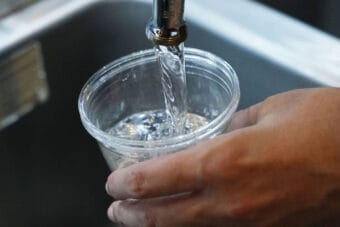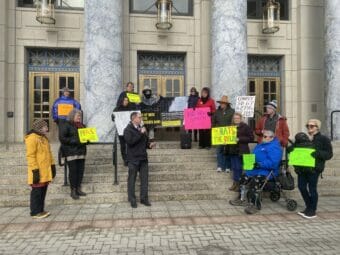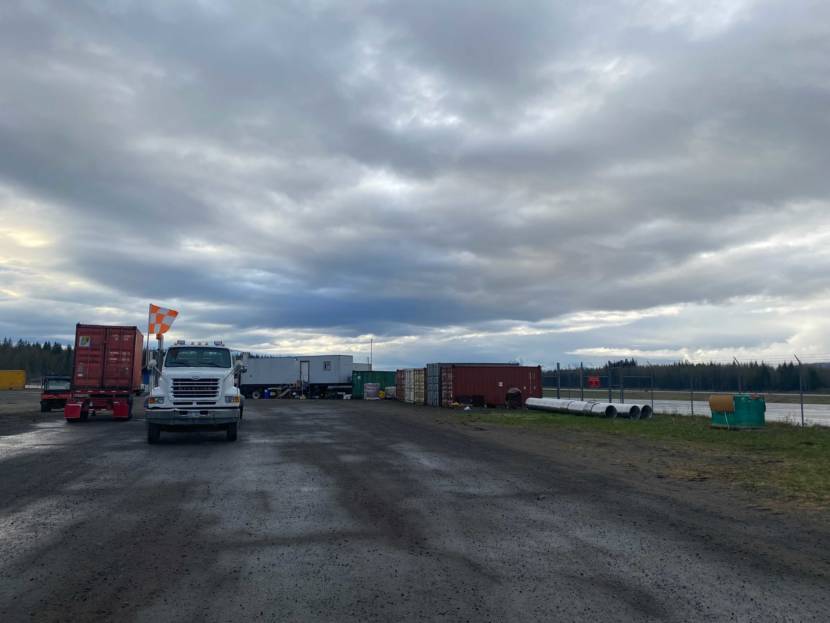
Gustavus is getting a multi-million dollar airport upgrade, but city officials and some residents are calling on Alaska’s Department of Transportation to stop work on the project. That’s because toxic chemicals called PFAS are known to be present at the site.
So far, the state hasn’t stopped work, but it did hold a Zoom meeting last week to explain its plan to residents.
From her coffee shop and gallery on Gustavus’ main road, it’s just a short walk through the forest to owner Kelly McLaughlin’s place.
“So this is my house, my new muddy yard,” she said, stepping out of the trees.
McLaughlin grew up here. All her neighbors are relatives.
“This is sort of the back edge of the land that my grandparents bought when they moved here in the 60s.”
There’s a two-story house, a big chicken coop full of hens, a garden, and, now, an 8,000-gallon cistern that catches the rainwater her family drinks and bathes in.
They need the cistern because the state found toxic “forever chemicals” called PFAS in McLaughlin’s well. PFAS don’t break down in the environment and accumulate in the human body. They’ve been linked to serious health effects, like cancer and immune system problems.
The PFAS came from the state-run airport where contaminant-laden firefighting foams ran into the groundwater and spread. More than a dozen wells were affected, and the state has supplied bottled water to those households since 2018.
PFAS are in McLaughlin’s chickens, in her garden, and in her blood.
“I used to take the chicken eggs to the gallery and serve, you know, fresh local eggs. But I had to stop doing that because I didn’t want to, you know, poison people,” she said. “I didn’t eat anything from my property for a couple years. And then sort of started back just because I figured it’s, I’m, this is already in my body.”
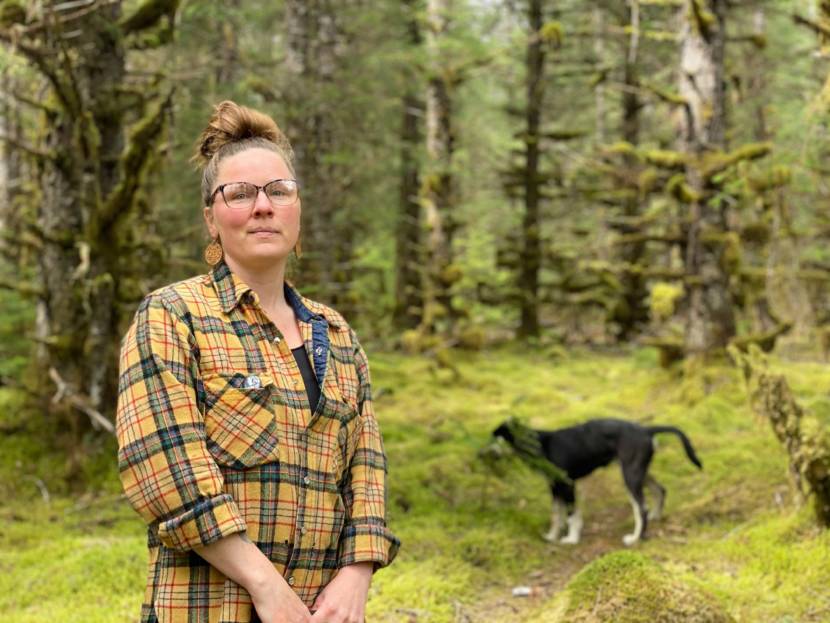
McLaughlin says her blood has tested at 10,000 and 7,000 thousand parts per trillion — a number that makes PFAS experts squirm. She says her young son’s blood is double that. She hasn’t tested her daughter, who was an infant when the contaminants were found.
The experience pushed the cafe and gallery owner into another full-time job: advocacy. McLaughlin organized GPAC, Gustavus PFAS Action Coalition, to represent her family and neighbors affected by the chemicals.
“At least some of us have been through this now. So if the airport project does contaminate further, there’s recourse. There’s people to rely on, people to ask questions,” she said. “I had nobody.”
There was a close call this spring when the state began work on the airport. Its original plan was to move asphalt from the airport to a previously uncontaminated site near houses. Residents pushed to get the asphalt tested for PFAS, something the state isn’t required to do. The project managers listened. They tested the asphalt and they found contaminants. And they did change the plan.
But it didn’t feel exactly like a win for the community. It shook their trust in the state’s planning for the project.
And so GPAC asked the state to stop work at the site until the extent of PFAS contamination is fully understood. The city council, other concerned citizens, and EarthJustice joined them.
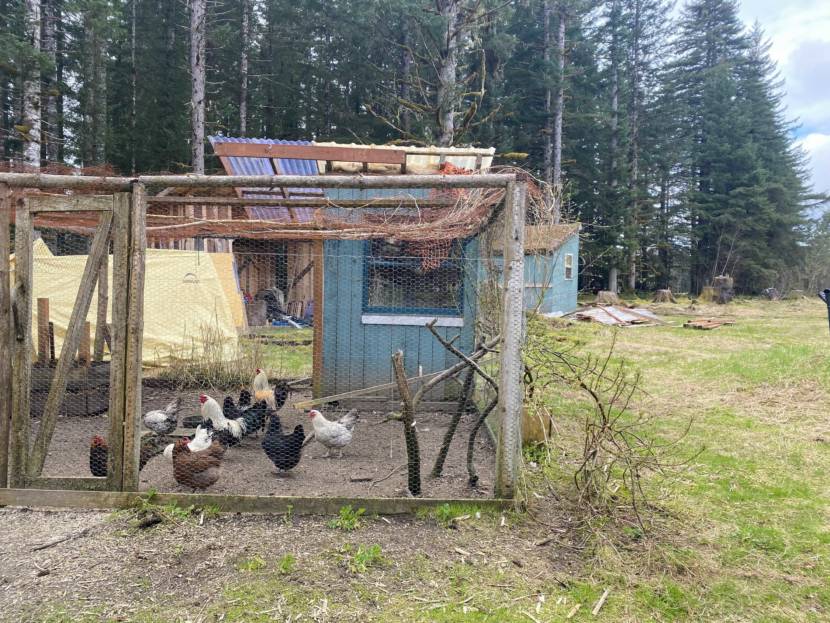
The Department of Transportation didn’t stop its work, but it did schedule a Zoom meeting.
Representatives from multiple state agencies and the Federal Aviation Authority joined the virtual meeting.
“I want you to know that Gustavus community members’ health and safety are of utmost importance to us while we deliver the needed airport improvement project,” said Christopher Goins, the construction engineer for DOT.
He pledged a full evaluation of PFAS contamination to the roughly 70 people who logged on, but was clear in his presentation that the scope of the project is to improve the runway, not to characterize or clean up contaminants.
Because the state doesn’t have a plan to clean up the chemicals at the airport yet. What it has is $20 million in federal funds to upgrade a runway that the community really needs.
“Due to FAA funding limitations, the airport reconstruction project cannot address ongoing PFAS site characterization, cleanup and replacement water efforts. Those efforts are covered in a separate project funded by state funds,” Goins said.
He also pledged to safely handle more than 7,000 cubic yards of PFAS contaminated materials. It will be stored in already contaminated areas or on thick plastic liners. And it plans to re-use some contaminated asphalt in the project. That didn’t sit well with residents on the call.
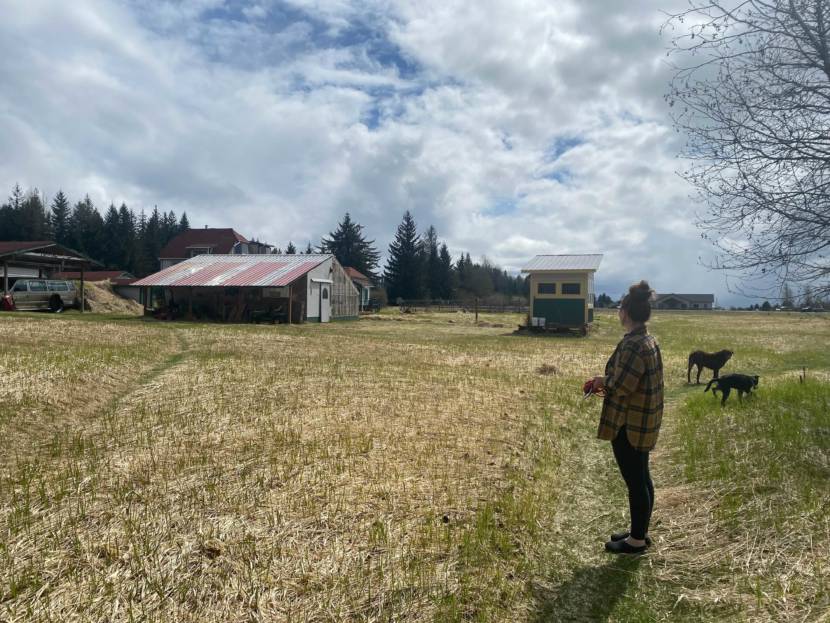
In the end, the state gave a lot of information to residents during the meeting, but nothing in the state’s plan for the project changed.
John Buchheit is a city council member and a longtime resident of Gustavus. He’s at the airport the day after the Zoom call, under a dripping awning as a spring storm finishes up.
“We’re on the edge of a 3.3 million-acre world class wilderness park and there’s an expectation that this environment is fairly pristine,” he said, referring to Glacier Bay National Park and Preserve. Gustavus is basically the gateway to the park.
“And then to discover that there is an industrial chemical that’s polluting the groundwater really shakes people’s faith and what they feel is special about this place.”
He said he’s grateful for the meeting and the agencies’ candor, but he’s disappointed that this conversation is happening now, at the 11th hour. He’s also concerned that the small town of Gustavus— a population of roughly 450 — has to be the watchdog for contaminated materials.
Buchheit says the city council’s role has been to support those residents and GPAC.
“It really took a handful of concerned citizens to pull the fire alarm and say, ‘hey, you’re gonna do what? And you’re starting it when? Hold on now,” he said.
He stands at the chain-link fence that separates the parking lot from the runways where more than a dozen yellow machines sit. On aerial view maps, this place is dotted with red, yellow and green markers that indicate levels of a contaminant whose full effects have yet to be seen.
Correction: An earlier version of this story said Christopher Goins was the project engineer for the Department of Transportation. Goins is the construction engineer. A photo caption has been corrected to state Kelly McLaughlin is looking out toward her uncle’s property.

